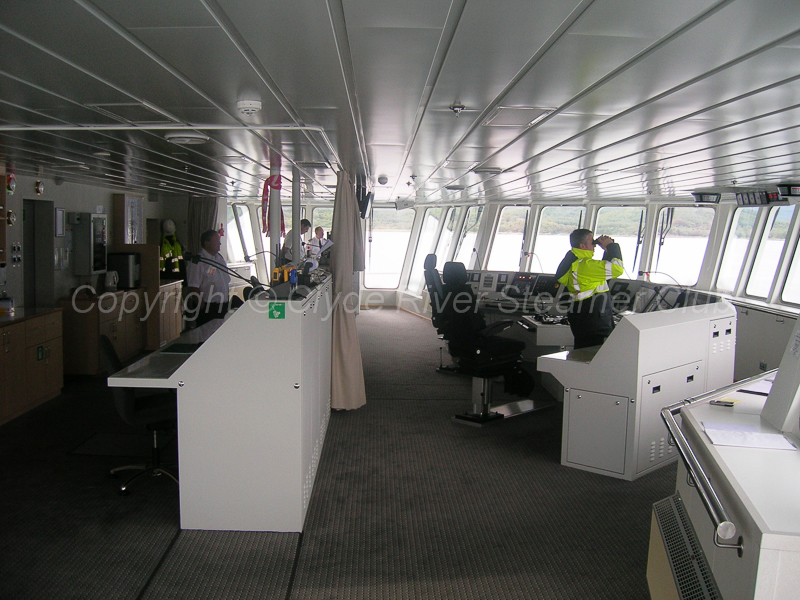Ian McCrorie traces Caledonian MacBrayne’s development from a poorly resourced merger-of-parts in 1973 to the highly integrated ferry company we know today
 |
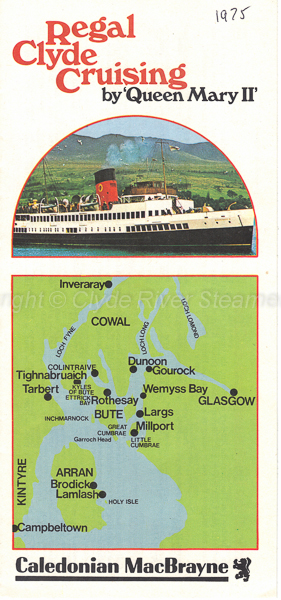 |
|
| Changing habits — CalMac’s 1973 Waverley cruise brochure |
CalMac’s 1975 cruise brochure — an ‘anachronism’ |
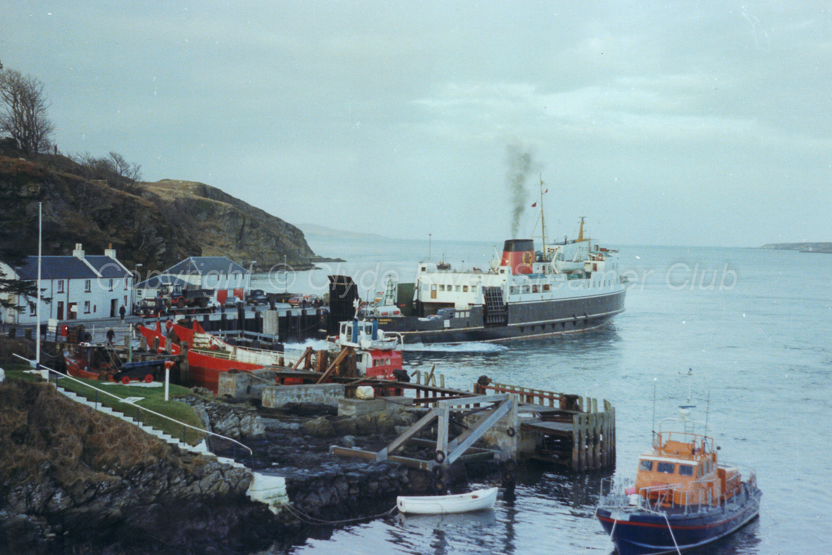 |
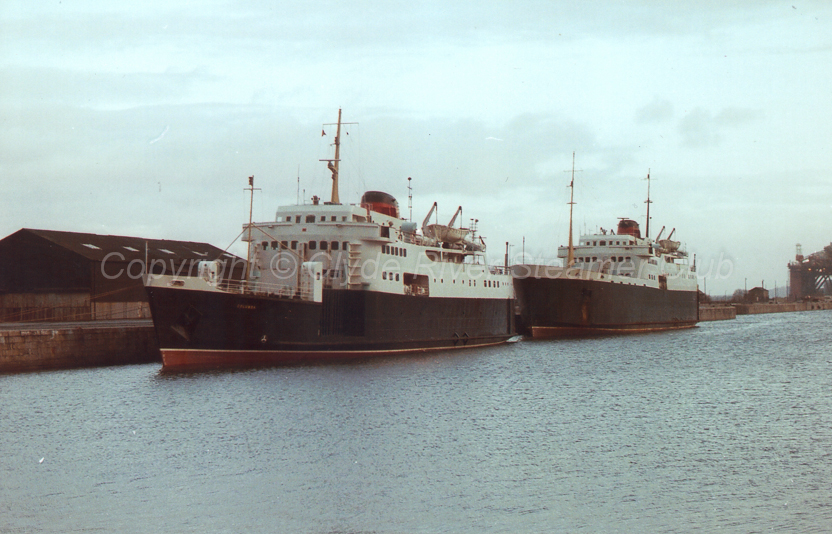 |
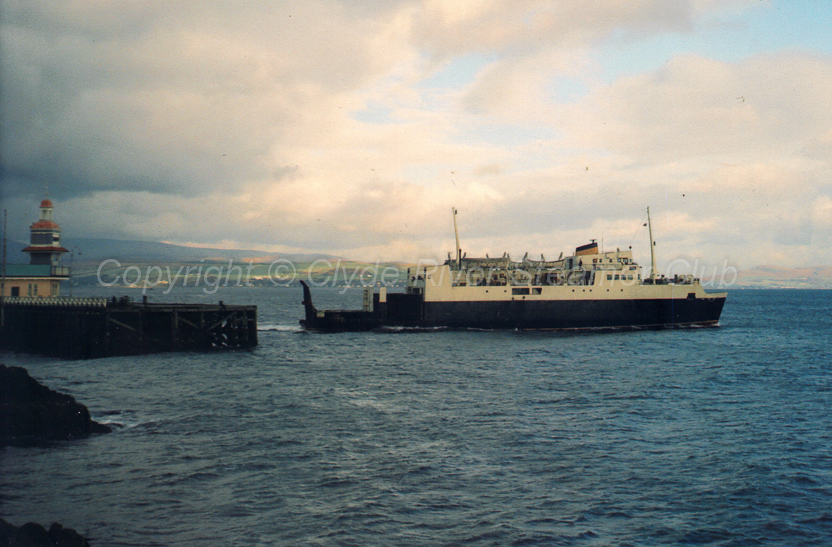 |
| Long-surviving CSP relic — Glen Sannox at Port Askaig |
Columba and Clansman in James Watt Dock, Greenock |
Iona, the network’s first ro-ro ferry, began life with a yellow funnel on the Dunoon run |
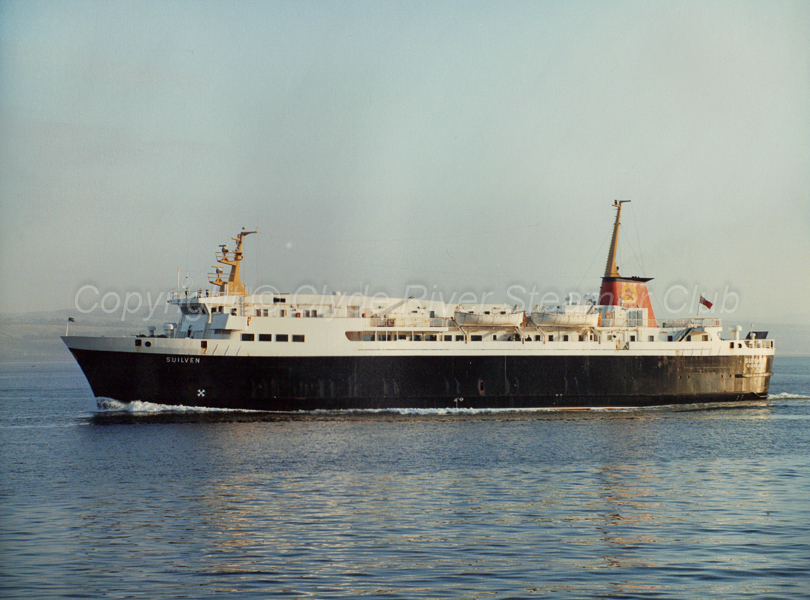 |
 |
 |
| Suilven was an important addition to the fleet in 1974 |
Pioneer was popular in the Hebrides and on the Clyde |
Waverley looked good in CalMac red |
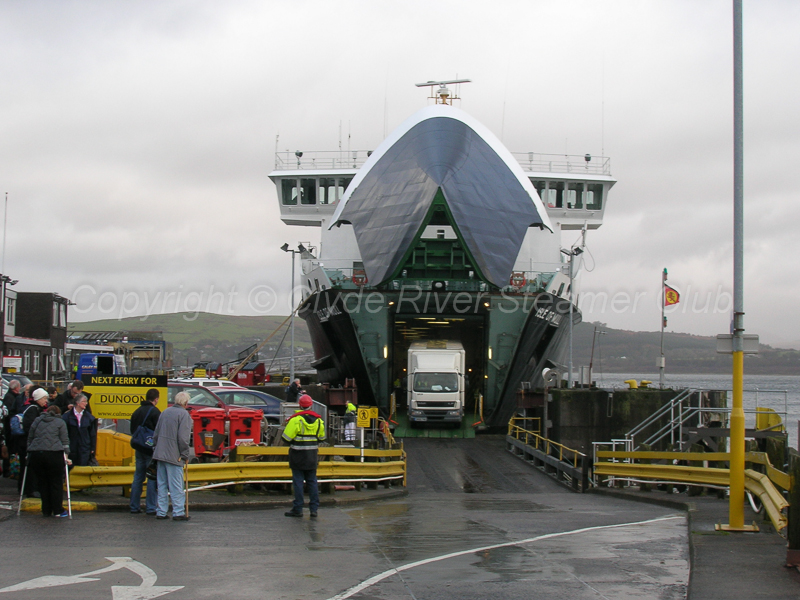 |
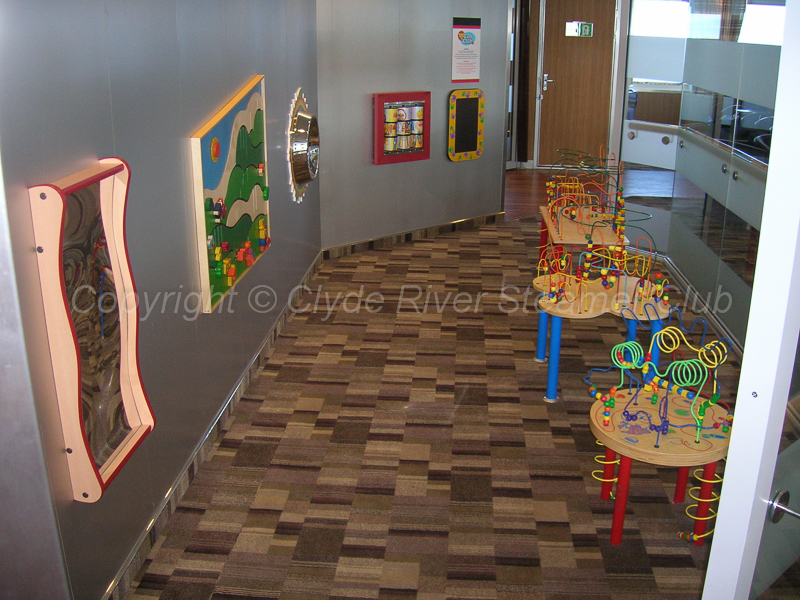 |
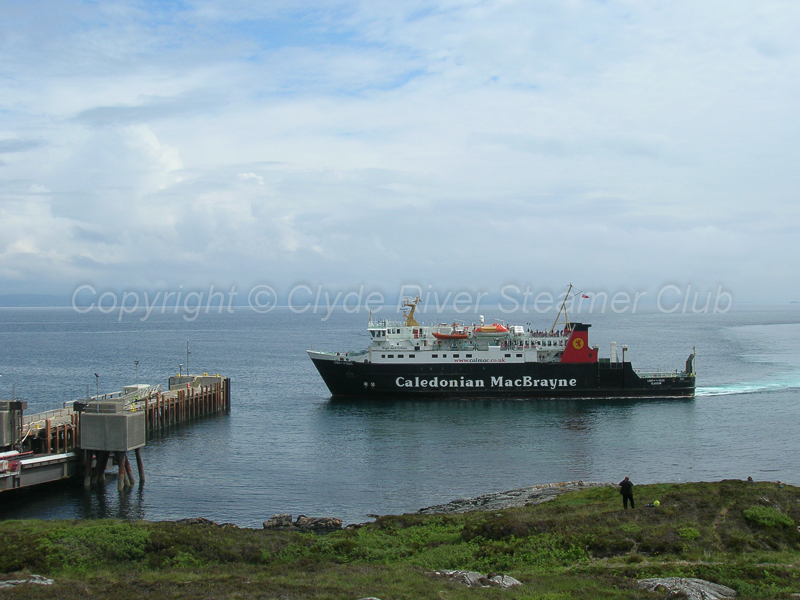 |
| Isle of Mull at Gourock in 2008 | Lavishly furnished — the children’s play area on one of CalMac’s big ferries |
Lord of the Isles, pictured at Coll, continued CalMac’s ‘Isles’ nomenclature |
In the mid-1990s the company’s management structure was reorganised in the interests of efficiency; it was in 1997 that Colin Paterson, now a CBE, retired. Traffic during his time had further increased – passengers by 30% and vehicles by 67%. On the downside, the Scottish Government had decided that CalMac should sell the Claymore to a private firm for a new service from Campbeltown to Ballycastle in Northern Ireland; this service was never really a success and ceased in 1999. On the other hand, one of the ‘Island’ class vessels, the Canna, was commissioned on a CalMac service from Ballycastle to the island of Rathlin, and proved very successful.
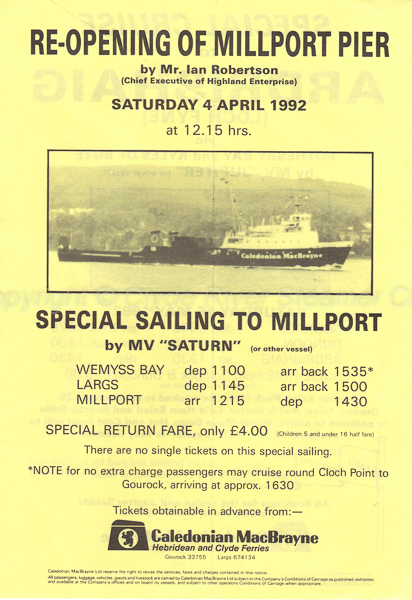 |
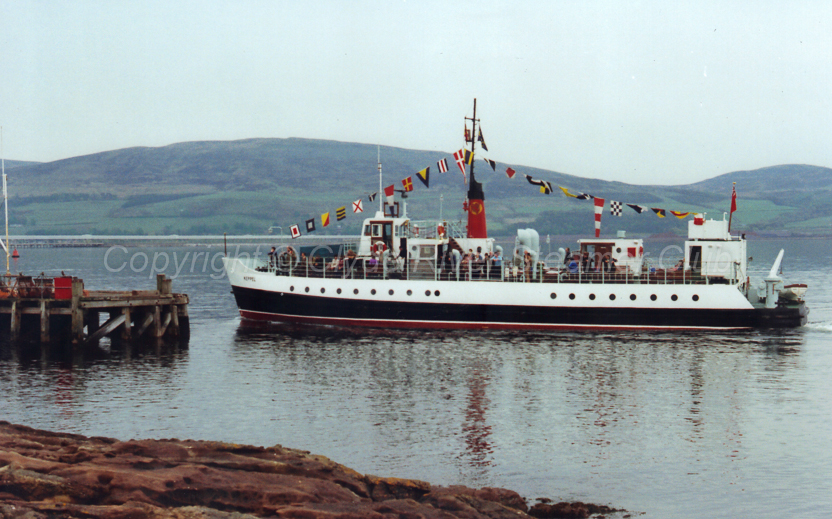 |
|
| CalMac cruising — the Saturn made a special sailing for the reopening of Millport Pier in April 1992 |
Keppel at Keppel in 1992 — her last visit |
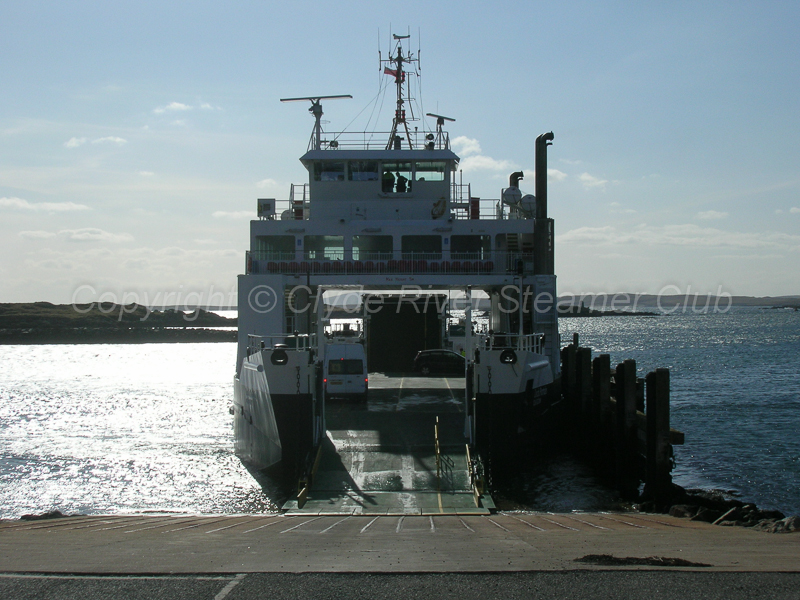 |
 |
| Loch Portain at Leverburgh | Coruisk in Garvel Dry Dock, Greenock
|
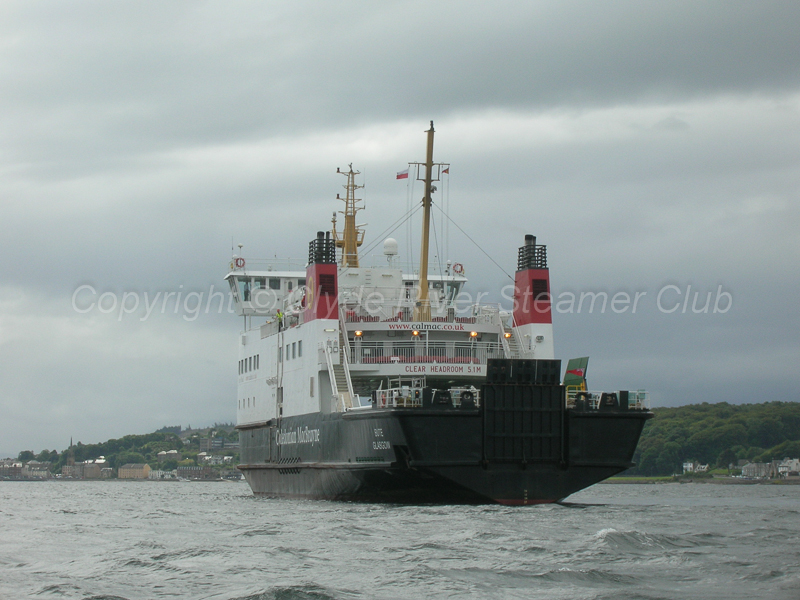 |
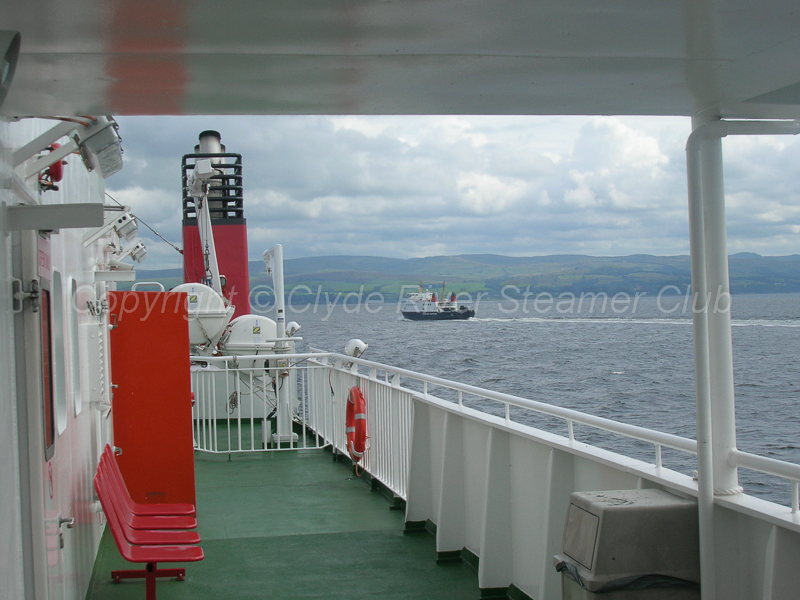 |
| Bute enhanced capacity on the Rothesay-Wemyss Bay crossing |
Bute and Argyle were the first Clyde ferries to be ordered from a foreign shipyard |
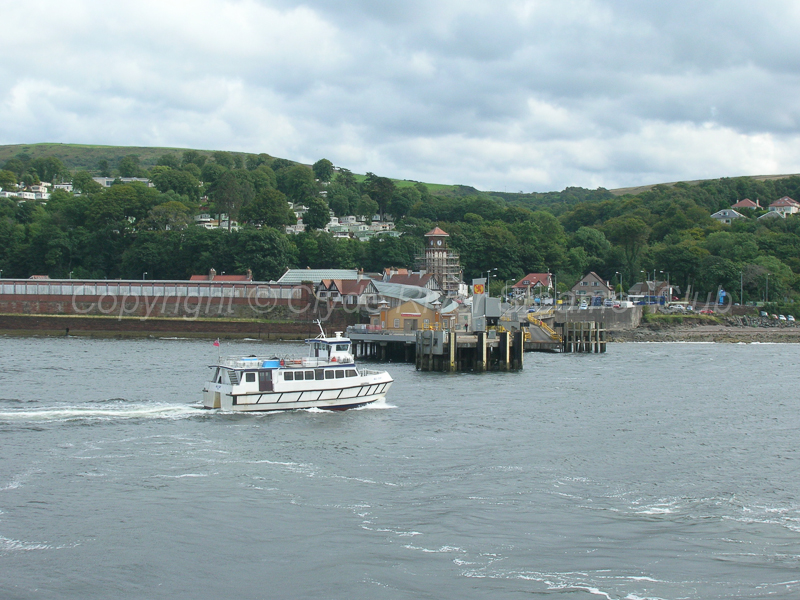 |
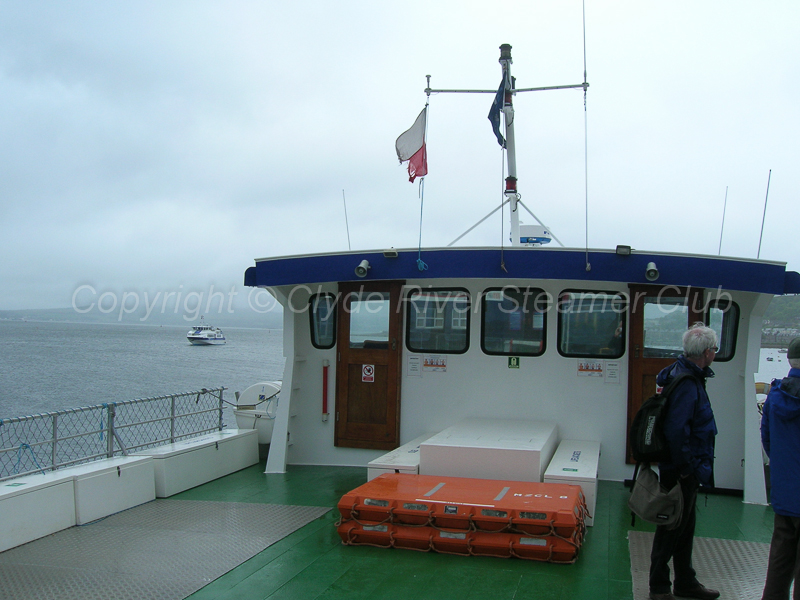 |
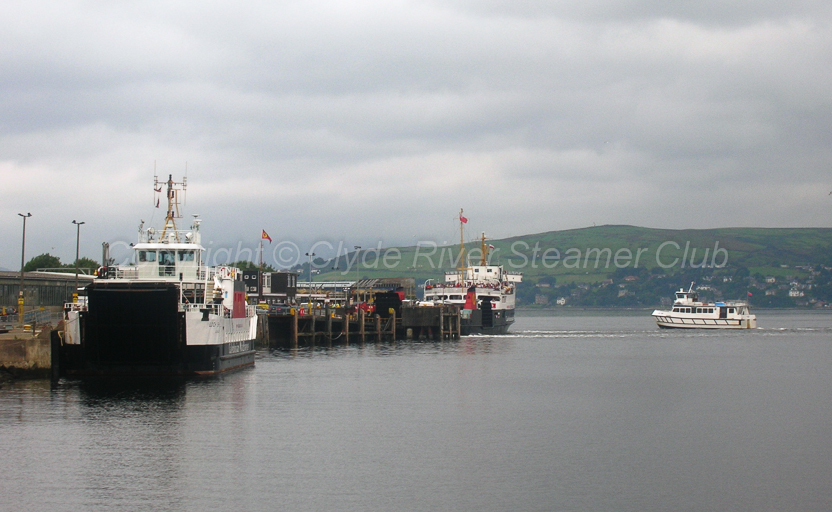 |
| Ali Cat, pictured at Wemyss Bay, was dubbed a ‘bathtub’ |
Argyll Flyer, seen from the deck of Ali Cat |
Since the withdrawal of Saturn in 2011, one seldom sees a CalMac vessel at Gourock pier |
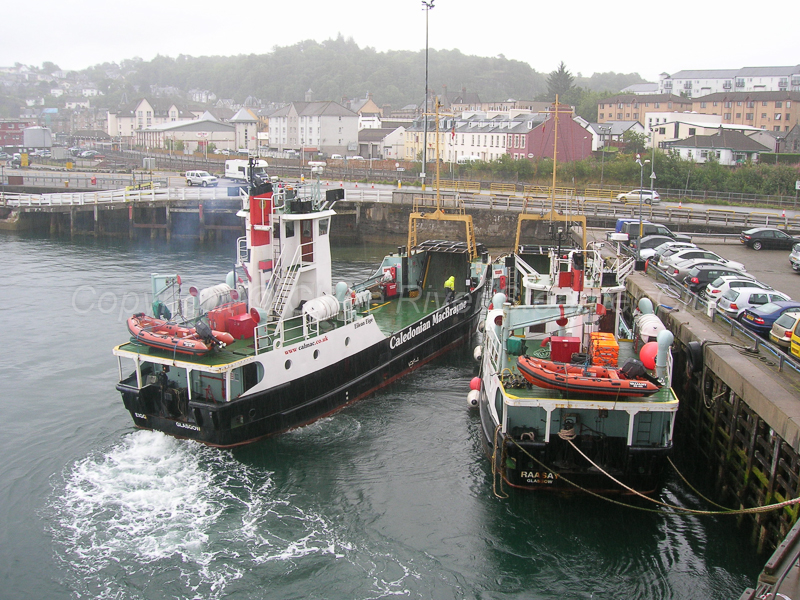 |
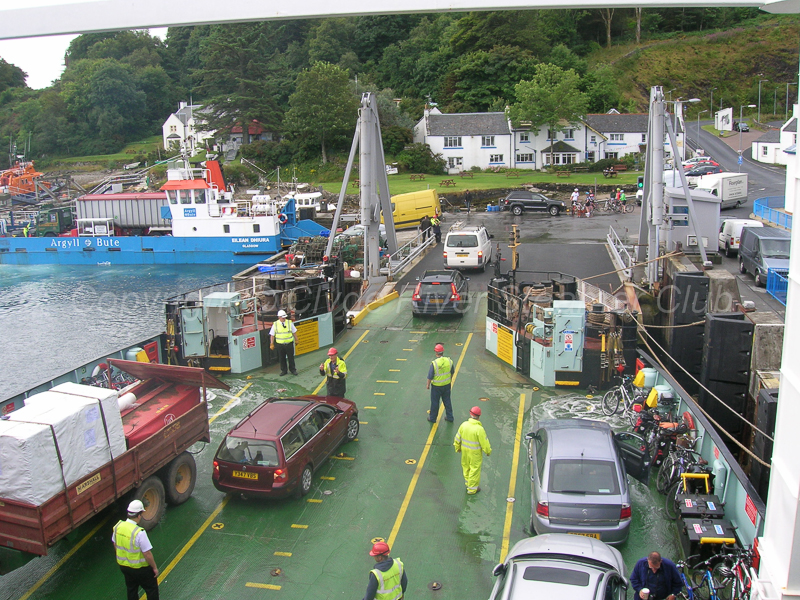 |
 |
| Still useful — remnants of the ‘Island’ class at Oban in September 2012 |
The imposition of RET has increased traffic to the isles |
Isle of Arran and Argyle at Rothesay in September 2012 |
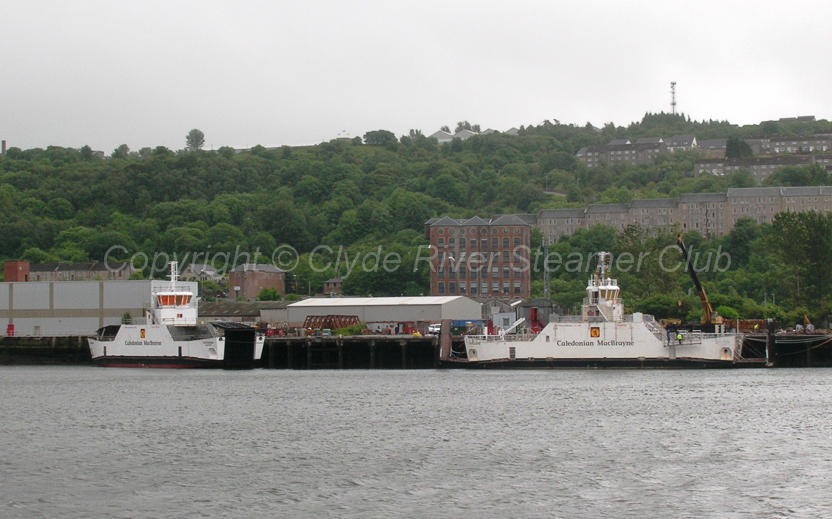 |
 to Mallaig.jpg) |
| The two new ‘hybrid’ ferries at Ferguson’s, Port Glasgow |
A decision has yet to be made on a link from Lochboisdale (pictured) to Mallaig |
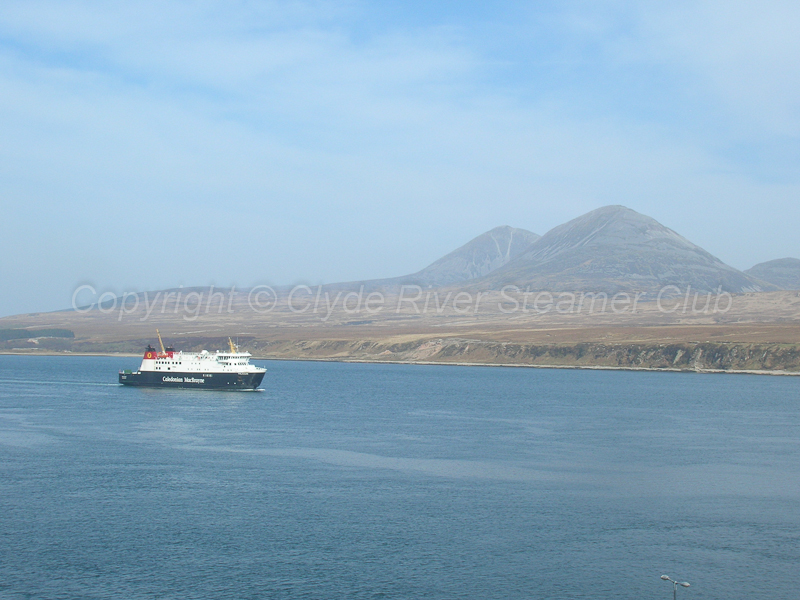 |
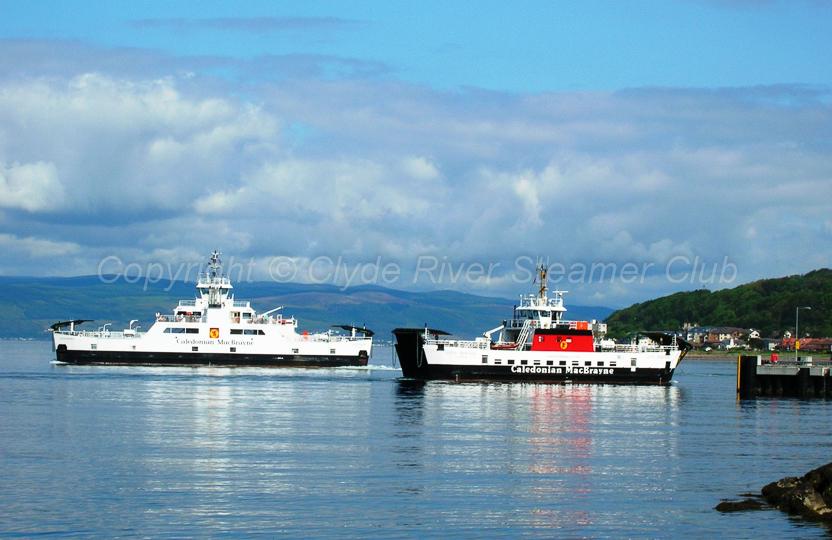 |
| Splendour of the Hebrides — Finlaggan in the Sound of Islay |
Loch Shira and Loch Bhrusda at Largs in July 2011 |












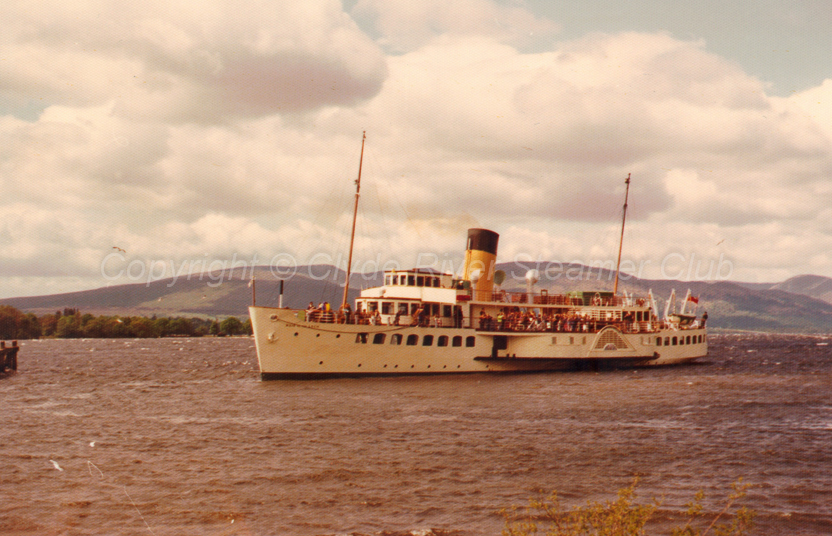
 being introduced to the Queen on Brodick Pier.jpg)
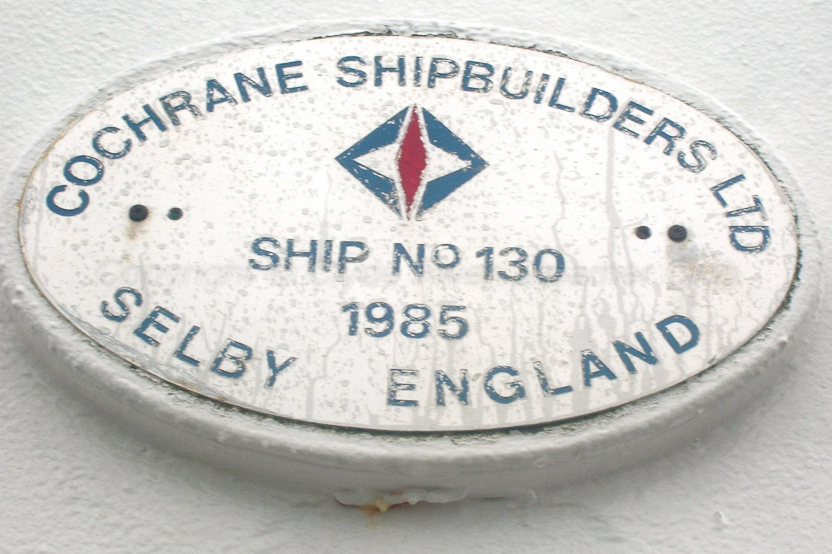
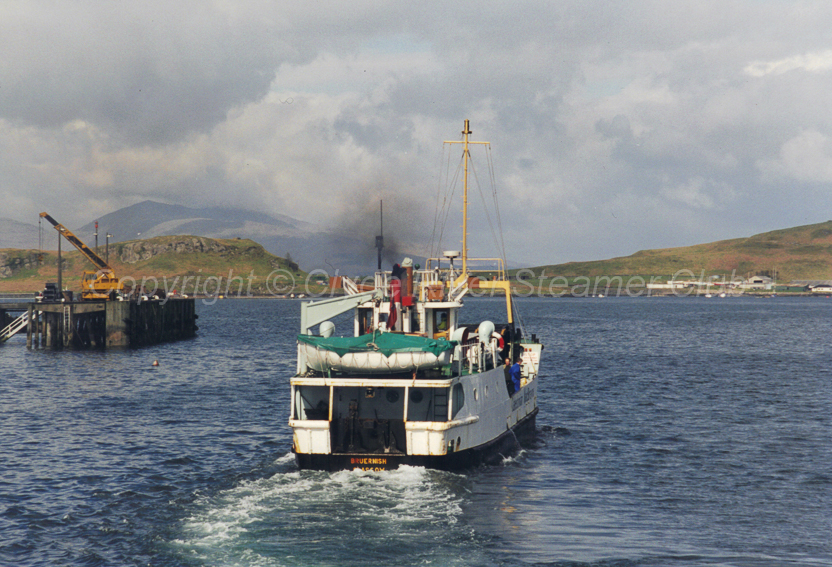
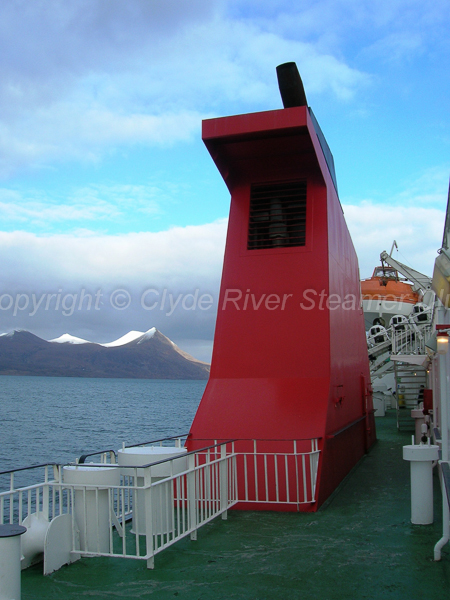
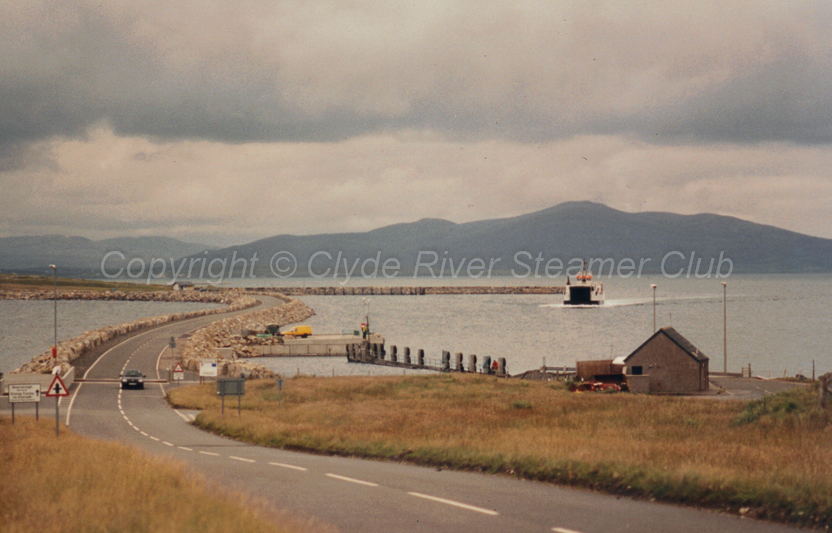
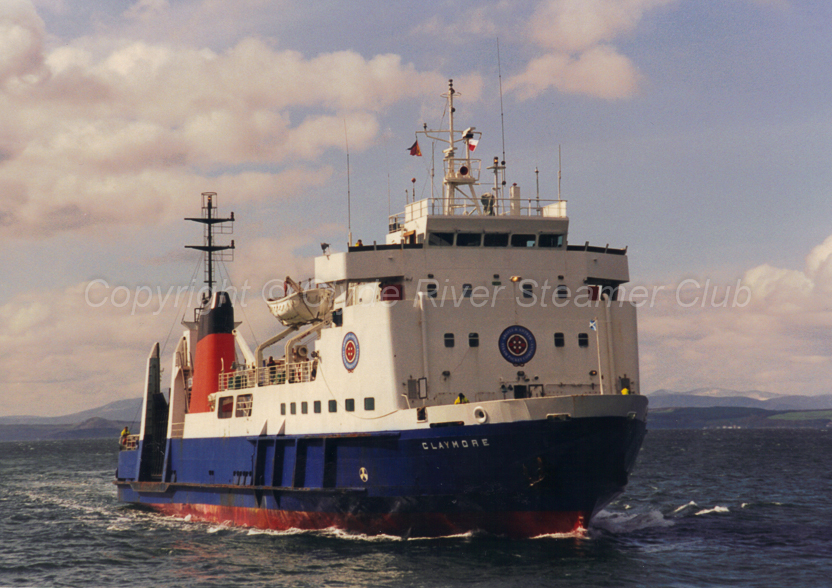
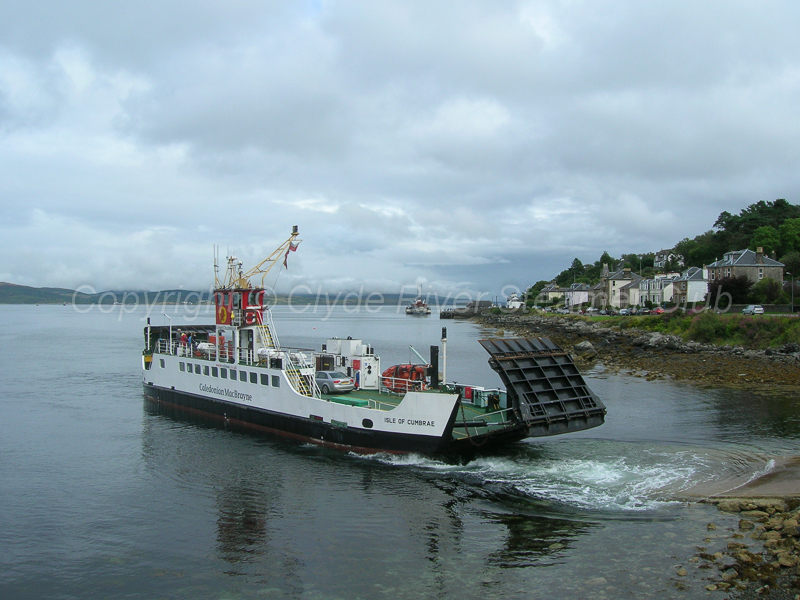
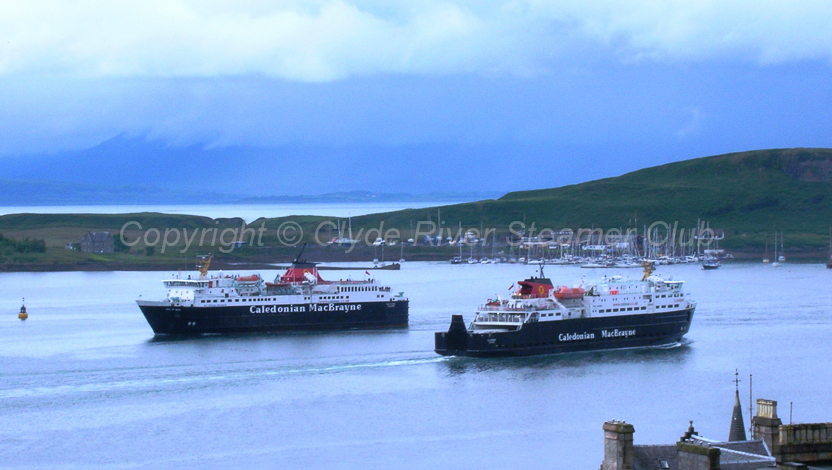
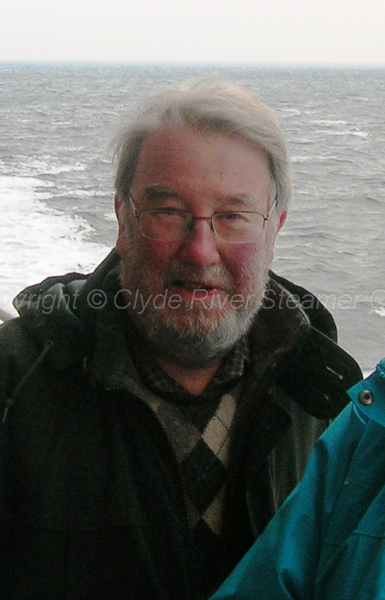
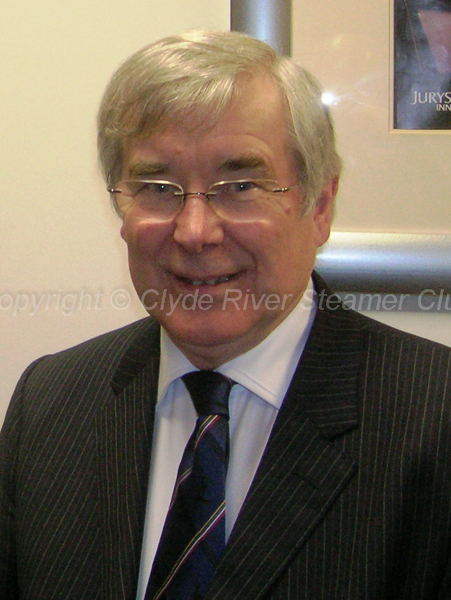
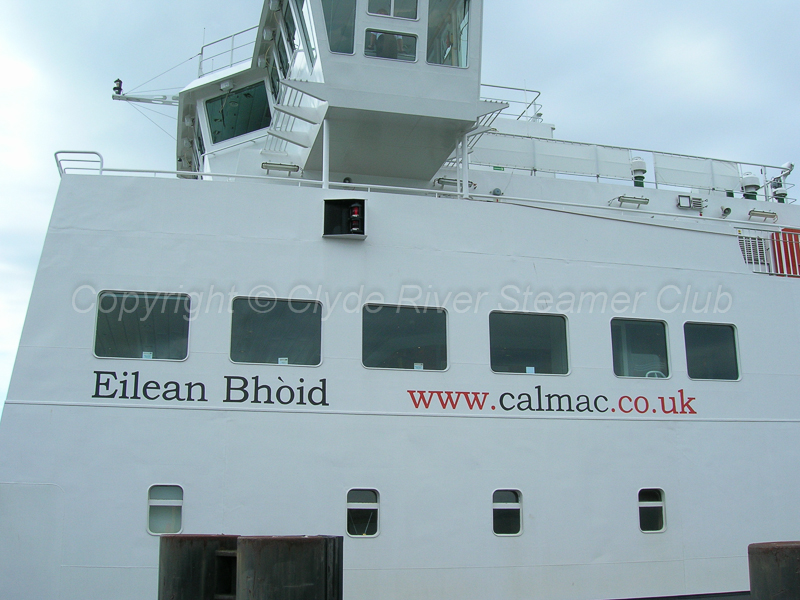

 joined Hebridean Isles on the Islay run in 2011.jpg)
